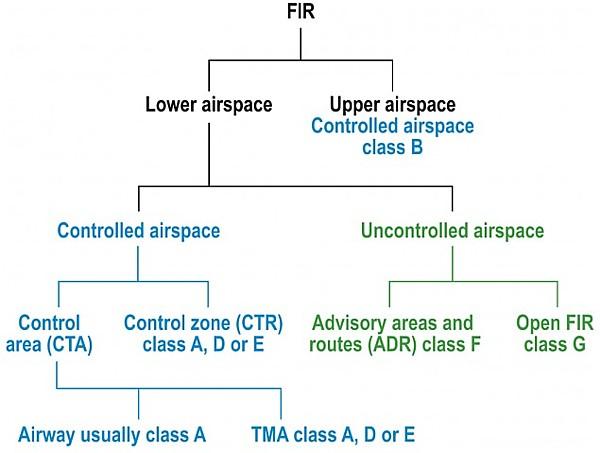
Understanding Controlled vs. Uncontrolled Airspace: A Guide for Optimal Aviation Weather Conditions
April 13, 2025
Aviation weather optimization is a critical aspect of ensuring safe and efficient flight operations. As part of this, understanding the difference between controlled and uncontrolled airspace is paramount to pilots, air traffic controllers, and those involved in the aviation industry. This distinction holds notable implications for weather routing, flight planning, fleet management, and other weather-sensitive decisions.
Understanding Airspace Basics
Airspace is essentially the portion of the atmosphere controlled by a country above its territory, including its territorial waters or, more generally, any specific three-dimensional portion of the atmosphere. It is classified into two primary categories: Controlled and Uncontrolled airspace.
Controlled Airspace
Controlled airspace is an aerial region wherein Air Traffic Control services are provided. It is erected to manage high traffic flow, the complexity of aircraft movements, and maintain aviation safety standards.
Every operation within a controlled airspace, whether climbing, cruising, descending, or turning, is well-regulated and strictly controlled by Air Traffic Control (ATC). For example, pilots must adhere to specified flight paths, maintain communication with ATC, and operate under Instrument Flight Rules (IFR) when the weather is below Visual Meteorological Conditions (VMC).
Specific weather conditions can complicate the management of controlled airspace. Heavy rain, thunderstorms, fog, strong winds, or icy conditions can affect visibility and aircraft performance, thereby influencing controllers' decisions about traffic management. More turbulent weather may mean the ATC has to allocate more space between planes, increasing delays, and disrupting flight schedules.
Uncontrolled Airspace
Uncontrolled airspace, conversely, is an airspace portion where Air Traffic Control service is not deemed necessary or cannot be provided for some reason. This type of airspace is typically found in remote regions or at lower altitudes where traffic volume is relatively low.
While flight operations in uncontrolled airspace don’t require strict communication with ATC, pilots are still bound by regulations, including the necessity of following Visual Flight Rules (VFR) when weather conditions are above VMC, and to switch to Instrument Flight Rules when they are not.
While uncontrolled airspace might initially seem less prone to weather-mediated disruptions than controlled space, this isn't always the case. The absence of controlled procedures means more responsibility rests on individual pilots to interpret weather data and make sound judgments. Sudden weather changes can consequently have much more severe impacts on an unprepared pilot.
Airspace Classification and Weather Optimization
Understanding these differences in airspace control is essential for aviation weather optimization. With an in-depth understanding, aviation weather service providers can deliver more effective and relevant weather data, forecasts, and alerts to users.
In controlled airspace, state-of-the-art technology and precise forecasting models enable the controller to manage traffic effectively even during adverse weather conditions. However, in uncontrolled airspace, real-time and precise weather data become crucial since pilots need to take matters into their own hands, making decisions based on the weather updates they receive.
In conclusion, the classification of airspace, whether controlled or uncontrolled, has significant implications for weather-sensitive decisions in the aviation industry. By understanding how various airspace types interact with weather, stakeholders can enhance safety, efficiency, and overall performance in flight operations. As technology advances, the integration of data-driven solutions with a deeper understanding of airspace classifications is set to further enhance the scope of aviation weather optimization.